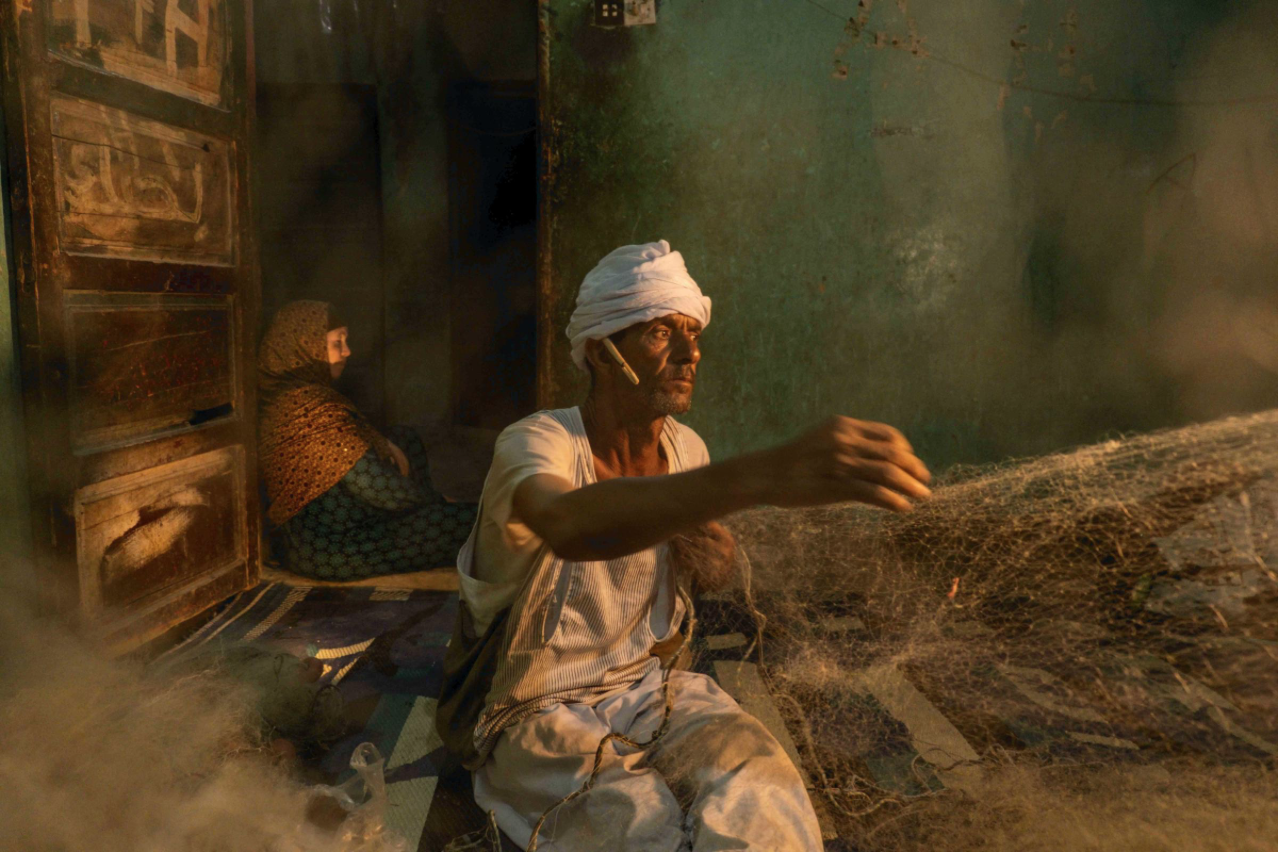2024 Alexia Grant Recipients and Finalists
The Alexia supports student and professional photographers and filmmakers whose work informs, fosters cultural understanding and inspires meaningful change.
ANNOUNCING THE ALEXIA 2024 GRANT WINNERS
This year’s submissions represent over 90 nations and come from all corners of the world. The student and professional grant recipients and finalists were selected after careful review by Sangsuk Sylvia Kang of TIME Magazine, Salwan Georges of the Washington Post and Whitney Latorre of the Catalina Island Conservancy. We are grateful for their dedication and time as they reviewed every application, eventually narrowing down hundreds of submissions to 42 student and 37 professional proposals to advance to the live judging. Adriana Letorney, this year’s Alexia fellow and Visura.co co-founder, moderated the judging process. After much discussion, the jury selected a grant recipient, a runner-up and award of excellence recipients in both the professional and student categories for multiple grants.
The Alexia would like to thank Sony for sponsoring the grant judging weekend and Visura.co for its support as well as our grant and award partners for expanding this year’s offerings: the Albany Foundation, Brother’s Keeper International the Eddie Adams Workshop, the fStop Foundation, James Balog / the Earth Vision Institute, and the VII Foundation.
To all of you who applied this year, please know that we value you and the work you do in pursuit of telling important stories. Thank you for participating in The Alexia 2024 grants; we encourage you to apply again next year.
THE ALEXIA 2024 HONOREES
(Project descriptions are located below this list.)
THE ALEXIA VISION GRANT — PROFESSIONAL
RECIPIENT: Nicolò Filippo Rosso (Italy), “Exodus”
RUNNER-UP: Ana Maria Arevalo Gosen (Spain), “Dias Eternos, Brazil”
AWARD OF EXCELLENCE: Tako Robakidze (Georgia), “Mourning Hope”
AWARD OF EXCELLENCE: Victor Blue (USA), “Song of the Taliban”
AWARD OF EXCELLENCE: Ebrahim Alipoor (Iran), “Bullets Have No Borders”
THE ALEXIA VISION GRANT — STUDENT
RECIPIENT: Masood Sarwer of the Indira Gandhi National Open University (India), “Unintended Consequences”
RUNNER-UP: Milton Lindsay of Ohio University (USA), “Working Season”
AWARD OF EXCELLENCE: Ana Clara Alves Francisco of Royal Academy of Art in The Hague (The Netherlands), “And Then The Wolves Invite Me To Dance”
AWARD OF EXCELLENCE: Shadman Sakib Chowdhury of Pathshala South Asian Media Institute (Bangladesh), “Aidari”
AWARD OF EXCELLENCE: Matthew Ludak of the University of Wisconsin-Madison (USA), “Nothing Gold Can Stay”
THE ALEXIA MENTAL HEALTH GRANT SPONSORED BY THE ALBANY FOUNDATION — PROFESSIONAL ONLY
RECIPIENT: Showkat Nanda (India), “Invisible Scars: Children of a Forgotten War”
JURY’S SPECIAL RECOGNITION for outstanding work on a mental health issue: Farshid Tighehsaz (Iran), “Labyrinth: A Visual Exploration of Iranian Reality”
THE ALEXIA MENTAL HEALTH SUPPORT GRANT SPONSORED BY BROTHER’S KEEPER INTERNATIONAL — PROFESSIONAL ONLY
RECIPIENT: Showkat Nanda (India), “Invisible Scars: Children of a Forgotten War”
THE ALEXIA ENVIRONMENTAL CHANGE GRANT SPONSORED BY JAMES BALOG / EARTH VISION INSTITUTE — PROFESSIONAL ONLY
RECIPIENT: Rafael Vilela (Brazil), “Forest Ruins”
RUNNER-UP: Ingmar Björn Nolting (Germany), “An Anthology of Changing Climate”
THE ALEXIA CONSERVATION GRANT SPONSORED BY THE FSTOP FOUNDATION — PROFESSIONAL
RECIPIENT: Roberto García Roa (Spain), “The Last Stand: a Race to Save Great Apes”
RUNNER-UP: Carlos Rivero (Spain), “Madre Ceiba”
THE ALEXIA CONSERVATION GRANT SPONSORED BY THE FSTOP FOUNDATION — STUDENT
RECIPIENT: Justin Dalaba of Syracuse University (USA), “Glass Ripples”
RUNNER-UP: Luke Swenson of the International Center of Photography (USA), “Listed Species”
THE ALEXIA EMERGING PHOTOGRAPHER GRANT SPONSORED BY THE VII FOUNDATION — YOUNG PROFESSIONAL/STUDENT
RECIPIENT: Amit Machamasi (Nepal), “Not The Same Anymore”
RUNNER-UP: Fatma Fahmy (Egypt), “The Lost Lake”
PROJECT DESCRIPTIONS
THE ALEXIA VISION GRANT — PROFESSIONAL
Recipient: Nicolò Filippo Rosso
“Exodus”
Following the epic journey of asylum seekers from different nationalities to the United States, this project chronicles how mass migration and its ripple effects are upending lives across the Americas.
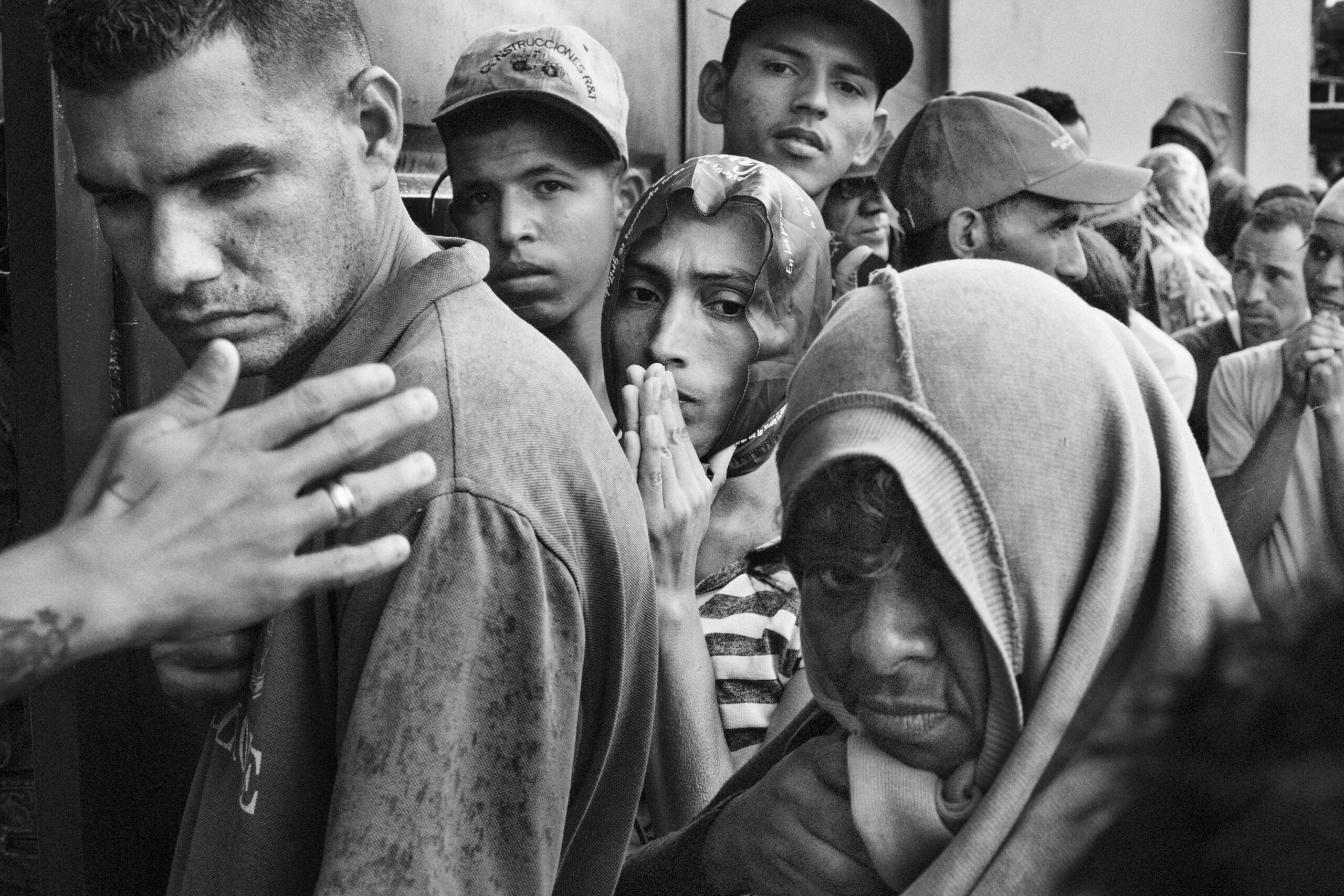
Nicoló, what does being selected for the Alexia Vision Grant mean to you? Receiving this grant from such a qualified jury is a significant recognition of the efforts that producing a lasting work requires. Producing stories on assignment has become nearly impossible because of budget restrictions and the saturation of political propaganda in the media. The work that matters is personal and provisional, always open to being shaped, tuned, or changed as the story reveals itself.
Eventually, the true photographs are those we remember, regardless of where they were published. Those images become part of the collective memory, planting seeds of humanity and truth that contribute to creating history, inspiring reflections, and sometimes, even actions. I can sense what the jury saw, and I appreciate their courageous decision to recognize and award this project’s content, unique character, and my determination to believe in my practice. We need qualified juries more than ever today. Thanks to them, I now feel more confident in pursuing my intuition and continuing to share experiences with the protagonists of those photographs.
Producing independent work is very costly. Smaller grants are numerous, but a few thousand dollars are insignificant for stories requiring the time and logistics such as the Exodus project demands. The Alexia is a substantial grant that offers a real chance to focus on expanding an already solid body of work with financial and gear support.
What did you think when you heard you’d been selected? Sometimes, you learn about a prize through email or Instagram. I was thankful to Bruce for taking the time to call me directly. I did not have many words to express my feelings. I was moved. I applied to The Alexia several times, sometimes being a finalist. I persisted, and that call proved how important persistence is in our profession and in building our lives.
The people I photograph know how crucial it is not to give up on what you care for. Just a few days before, I had a video call with some of the people I had photographed in recent months in Mexico. They are now living in Chicago. They called me to know when I would be back and why it took me so long to continue visiting. Karla is dividing her time between studying English to get into university and working. She wants to study criminology. Liseth is pregnant; her son will be an American-born citizen. Juan David had healed from a skin disease he had gotten when they crossed the jungle in Panama and then the Mexican desert. He is the youngest in that family and learns English the fastest. I will soon ensure them we will spend more time together.
As I learned about the jury’s decision, I envisioned the project’s next chapters, from Waco in Texas to New York, Chicago, Buffalo, Los Angeles and San Antonio. People I traveled with across Central America and Mexico on “The Beast” are now taking the first steps of their integration process to a desired destination different from what they had imagined. There, the circle of poverty and exploitation doesn’t end upon arrival. Still, a future is imaginable. I will strive to translate that visually.
What do you hope to do with your grant? Diving into photography, I explore the grammar and syntax of this foreign language in my attempt to learn how to read and write it properly. That doesn’t come easy, demanding a dedication close to obsession and long periods of solitude, whose teaching has grown on me over the years, learning how to love them. Reflecting on privileges, disadvantages, and the dignity and integrity both conditions impose on somebody’s growth, the great reward is becoming the person you want to be, knowing yourself through the observation of the lives of others. Like other sciences, photography progresses through observation, yearning, awareness, and understanding. I aim to reduce a phenomenon’s complexity to its essence, which we can read, almost touch, and study.
Thanks to this grant, I will work on an important segment of the migration experience in the Americas: I will focus on the destination, which might reveal another beginning. After six years of work, much remains to be done. However, with the help of a photo editor and a book designer, I have started brainstorming about the book concept. I am thankful for this opportunity, as it is crucial to add an essential part to this chronicle of how mass migrations are upending lives across the continent. I want to make the book a document, a trace of an event, a childbirth, or a death far from home, suggesting how that might have been felt by those who endured the trauma.
Runner-up: Ana Maria Arevalo Gosen
“Dias Eternos, Brazil”
This photographic project began in 2017 and documents the complex realities of incarcerated women in Latin America, focusing on their struggles with gender, race, and class across Venezuela, Guatemala and El Salvador. It documents female incarceration, aiming to highlight human rights violations and their economic impact, advocating for systemic reforms and the importance of rehabilitation. I will expand this to include Brazil.
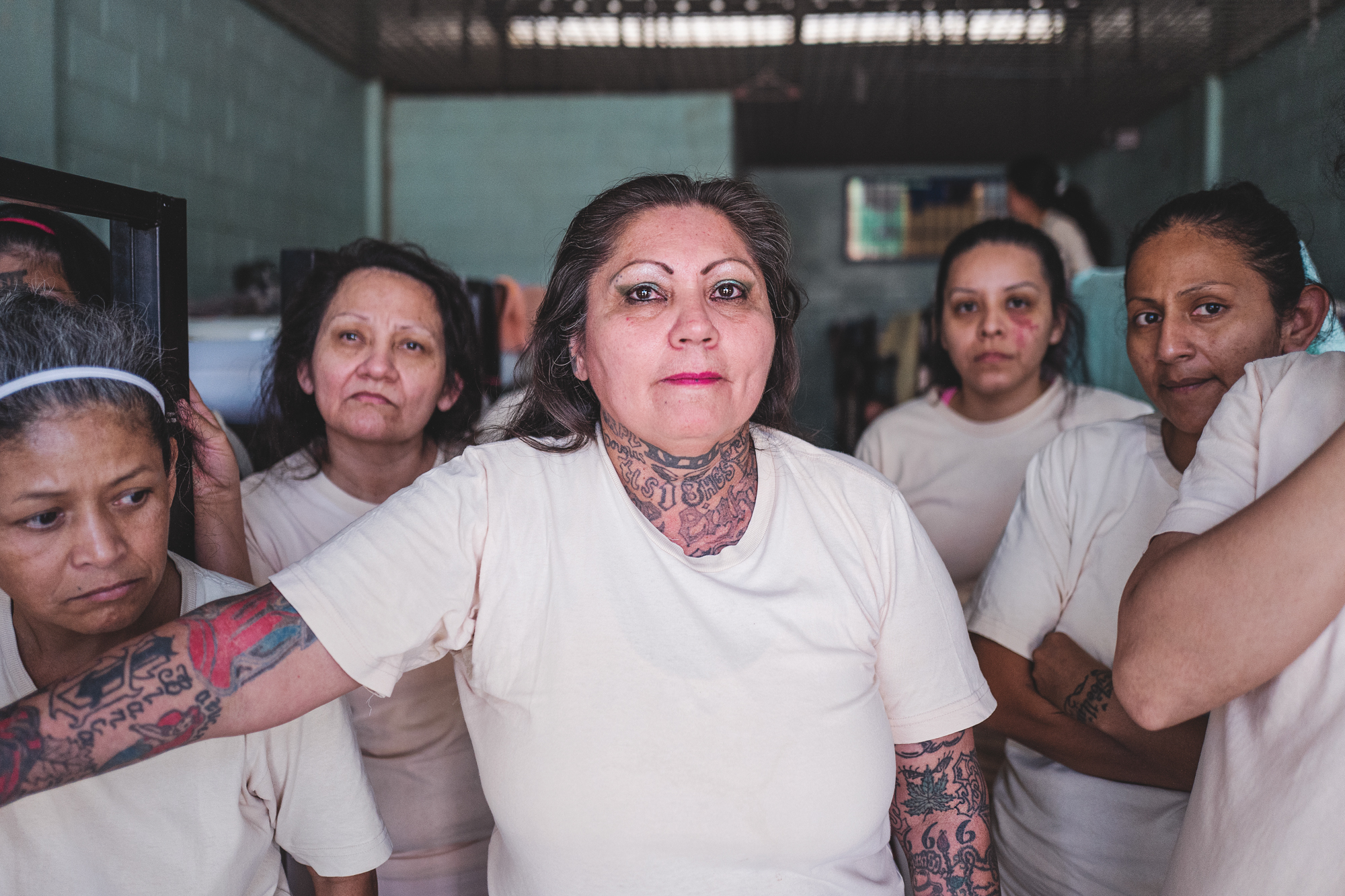
AWARDS OF EXCELLENCE
Tako Robakidze,
“Mourning Hope”
This project aims to document and share the narratives of individuals whose family members are designated as “missing persons.” The tearing of families is the aftermath of the wars in Georgia in the 90s, particularly stemming from Russian-backed separatists in the Abkhazia and Tskhinvali regions, the Russian-Georgian war in 2008, and the persistent Russian occupation of those two regions.

Victor Blue,
“Song of the Taliban”
Taranas are sung/spoken prayer/poems popular among Taliban fighters that recount their exploits during the war and lament the friends and relatives sacrificed for the cause. Unaccompanied by instrumentation, they are heavily processed, with the singer’s voice distorted nearly to the point of abstraction. In a movement that has banned music from public broadcast or enjoyment, the songs are ubiquitous and provide a constant soundtrack to the young fighters — something between folk songs, narco-corridos and gangster rap — and exist as the only mode available to these young men to process the extreme violence, loss and trauma of fighting the world’s most advanced military.
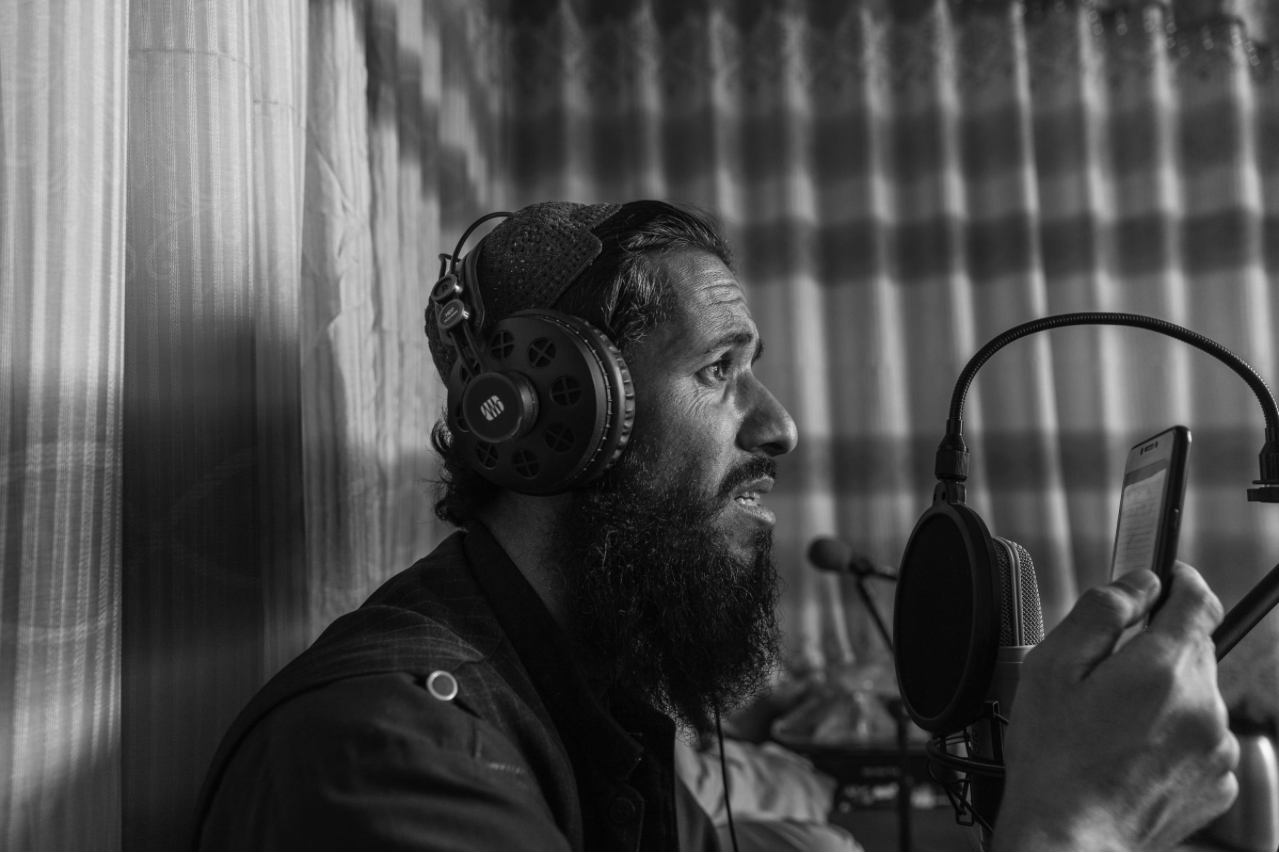
Ebrahim Alipoor,
“Bullets Have No Borders”
This project documents the lives and work of porters (“Koolbars” in Kurdish) who transport goods from Iraq into Iranian Kurdistan through the mountains. Koolbars range in age from 12 to 70, and more than 300 die each year — 72 percent of whom are shot to death by Iranian border patrols. These mountains are considered some of the most dangerous in the world.
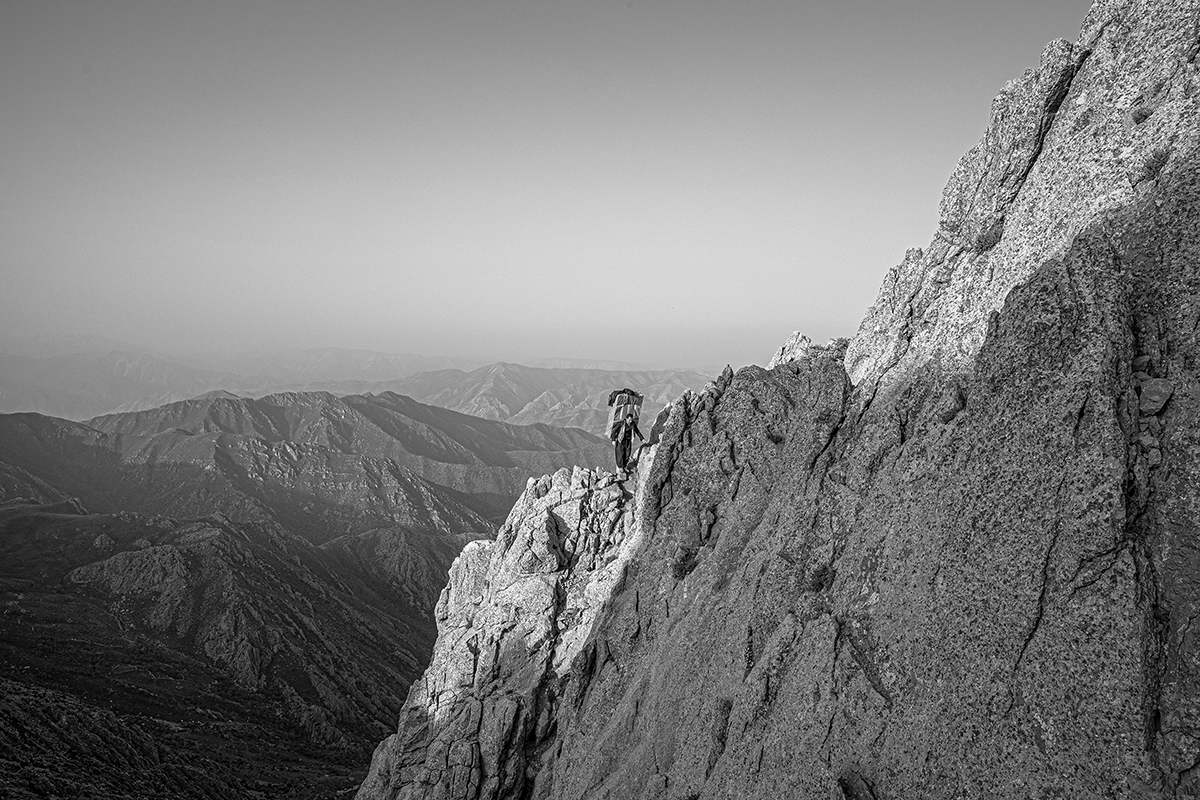
THE ALEXIA VISION GRANT — STUDENT
Recipient: Masood Sarwer
“Unintended Consequences”
(Indira Gandhi National Open University, India)
An introduction to slow violence birthed by the Barrage, where millions of people are on the verge of constant negotiation with their identity and land. A violence that is neither magnificent nor immediate, rather cumulative, whose catastrophic repercussions are delayed for years to be noticeable. Consequently, creating the ‘metabolic rift’ between people and the environment, displacing millions of people who are being forced into repeated internal migration from 2 to a maximum of 17 times.
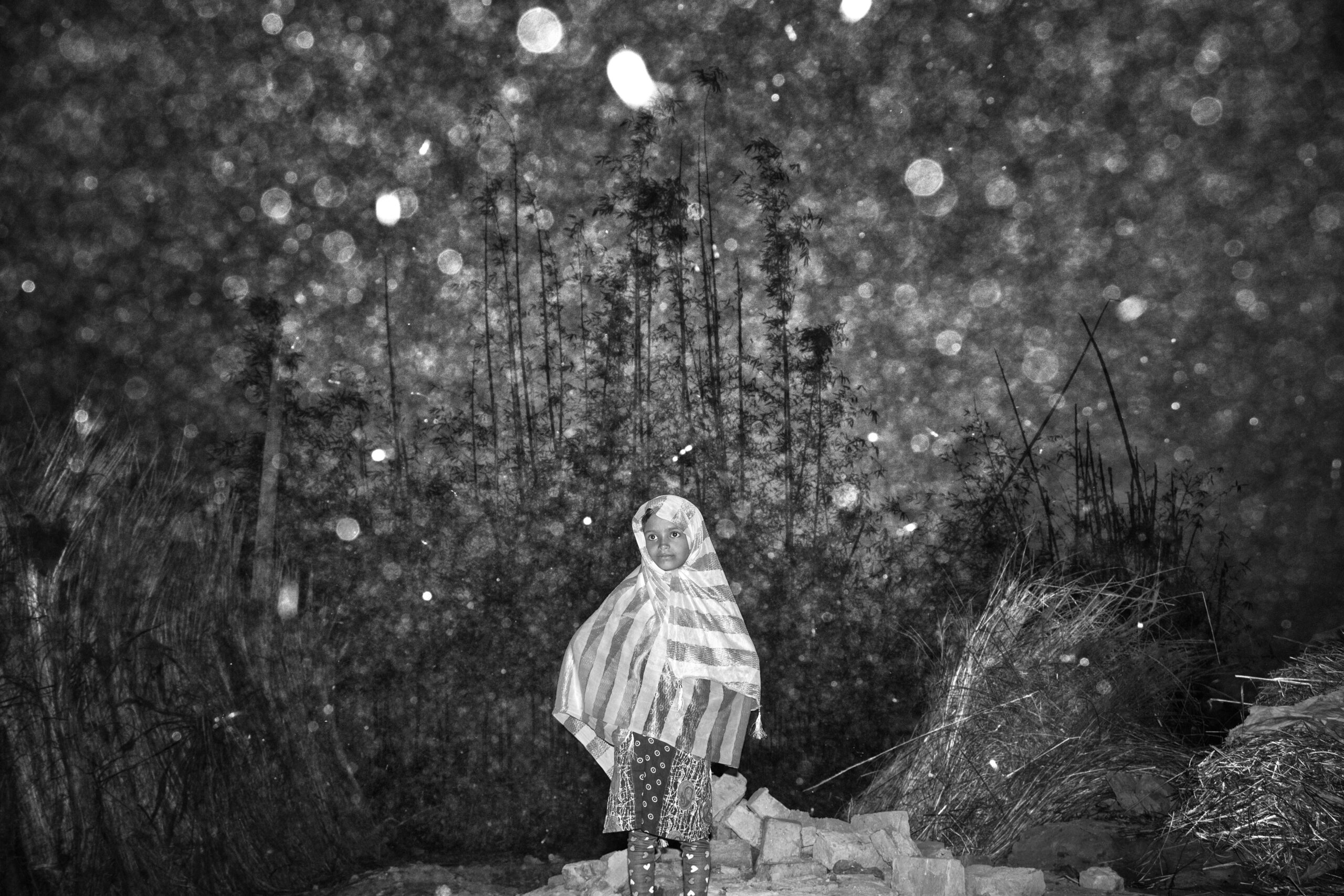
Masood, what does being selected for The Alexia Vision Grant mean to you? Winning an Alexia grant signifies a profound validation of my work as a visual storyteller and the significance of my long-term project on climate change in my community. As a photographer, this grant is more than just financial support, it’s a validation of my vision and the importance of longform storytelling. It serves as a token of confidence and support, enabling me to further delve into my project with renewed vigor and resources. It’s not just about the funding, it’s about the recognition and encouragement to continue making a difference. I’m deeply grateful to the jurors for believing in my work and for this incredible opportunity to make a difference through photography.
What did you think when you heard you’d been selected? When I heard over the phone that I had won, it was midnight over here in India. I was surprised, filled with joy and emotional. The rush of emotions flooded over me all at once—surprise, joy and an overwhelming sense of gratitude.
As I reflect on this momentous occasion, I am filled with a deep sense of appreciation for everyone who has supported me along the way. From my family and friends to my mentors and colleagues, each one has contributed to my growth and success in their own unique way.
What do you plan to do with your grant? The prize will allow me to dedicate more time and resources to studying the geographical repercussions of the Barrage in my community and document its impact on climate change.
Do you have a mentor you would like to thank for their assistance with your project? This win is not just a personal achievement but a testament to the power of belief in oneself and the unwavering support of mentors like Sebastian Liste, Sarah Leen and Sandeep Biswas, without whom I wouldn’t have reached where I am today. Winning this award isn’t just a personal triumph, it’s a celebration of the power of mentorship, the resilience of passion, and the transformative potential of storytelling.
Runner-up: Milton Lindsay
“Working Season”
(Ohio University, USA)
This long-term photographic project documents the experience of seasonal farmworkers from Mexico living and working on farms in North Carolina. The H-2A Temporary Farmworker Program has grown exponentially over the past decade, with nearly 300,000 visa holders in 2023 and 90% coming from Mexico. My project explores the everyday lives of these individuals, the social structure of worker groups on host farms, and the relationship between visa holders and the robust Latino diaspora in rural North Carolina.
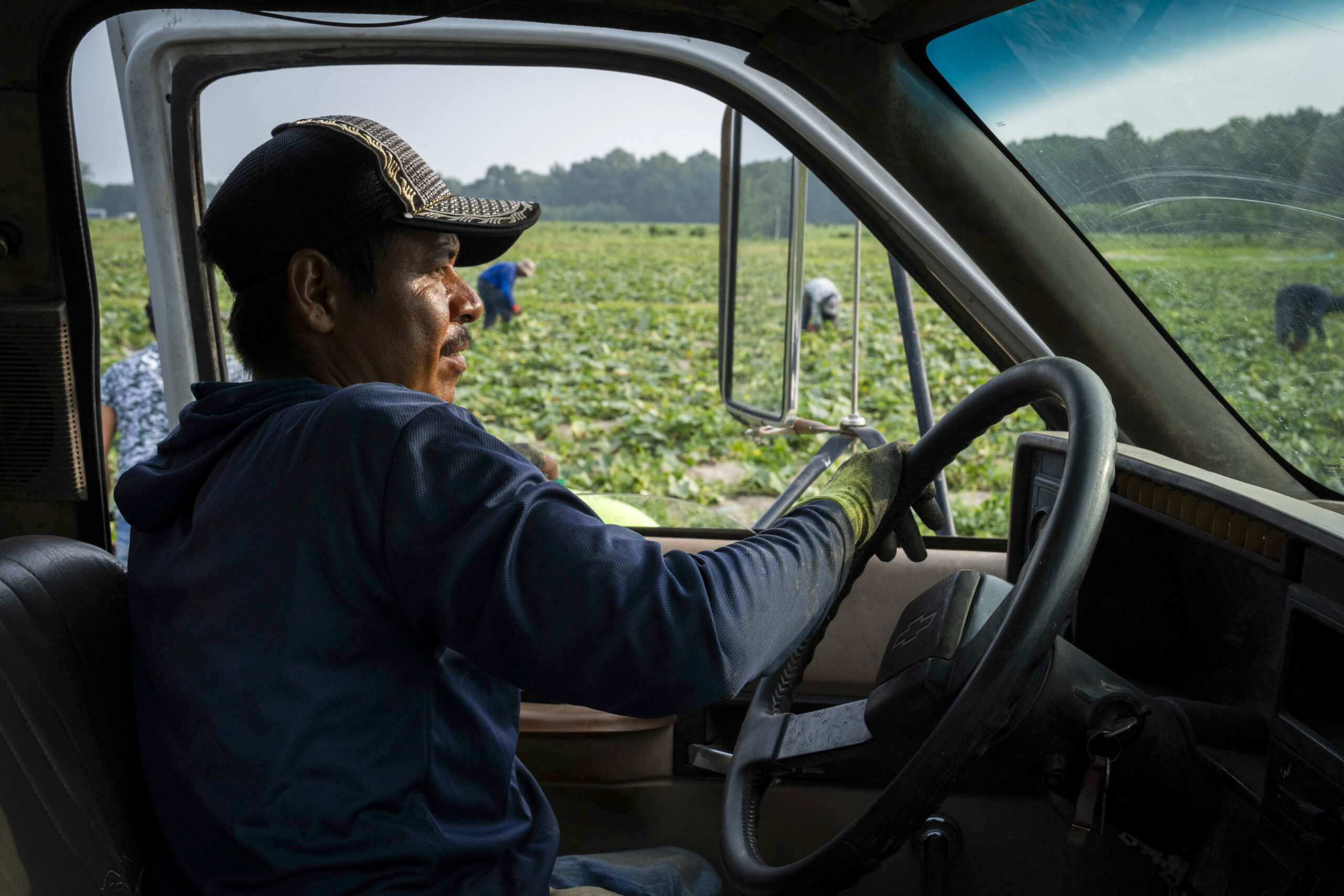
Do you have a mentor you would like to thank for their assistance with your project? Much of the vision and direction I have for this project would not have existed without the support of my program director and committee chair, Stan Alost.
AWARDS OF EXCELLENCE
Ana Clara Alves Francisco
“And Then The Wolves Invite Me To Dance”
(Royal Academy of Art in, Netherlands)
This project focuses on the stories and experiences of people living with schizophrenia. It is a collaborative project that includes portraits, abstract images representing perceptions and feelings, intervened images, images created by the participants, and excerpts of testimonies. With this project, our aim is to increase empathy by decreasing otherness in an attempt to reduce the stigma that surrounds severe mental illnesses, impacts existences and negates lives.
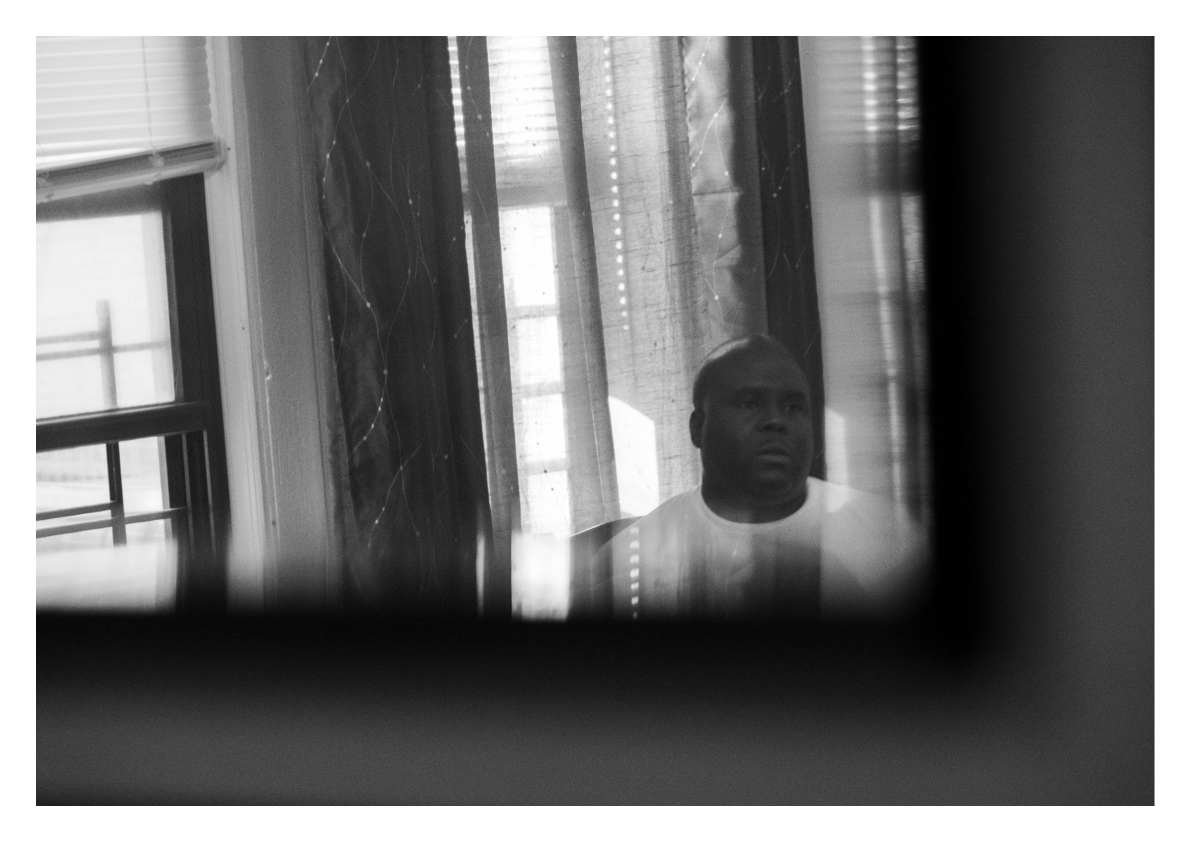
Do you have a mentor you would like to thank for their assistance with your project? If so, who are they, and how did they help you? I would like to thank Mike Kamber, who is the founder and creative director of the Bronx Documentary Center. He has been instrumental in the development of not only this project but also myself as an image maker and storyteller. Mike taught me plenty of what I know about photography. His commitment to education, to the communities he works with, and his ethical and thoughtful approaches to photography have shaped the ways I understand the role of images and image making in the world. He has been one of the most generous teachers I have had and the first who made me believe that I could, indeed, be a photographer.
Shadman Sakib Chowdhury
“Aidari”
(Pathshala South Asian Media Institute, Bangladesh)
This project captures the lives of the indigenous Santal community, who are being forcibly evicted from their ancestral lands. These images not only portray their losses and agonies but also seek to provide an outline of their struggles and battles against repressive forces.

Do you have a mentor you would like to thank for their assistance with your project? Sarker Protick is my mentor. I started this project while in his course and have been working on it since. He has been giving me equal encouragement and guidance since the beginning. His contribution to this project is undeniable.
Matthew Ludak
“Nothing Gold Can Stay”
(University of Wisconsin-Madison, USA)
This project takes a closer look at how economic globalization has left its mark on former industrial cities and struggling small towns across America. Inspired in part by my own family history of living and working in a small, rural mining town in Western Pennsylvania, this project delves deep into the intricate tapestry of economic desperation, resilience, beauty and transformation that defines these often-overlooked corners of society. Additionally, the project aims to shed light on the environmental impact wrought by the steel and coal industries, examining the lasting consequences on the landscapes and communities that once thrived alongside these industrial giants.
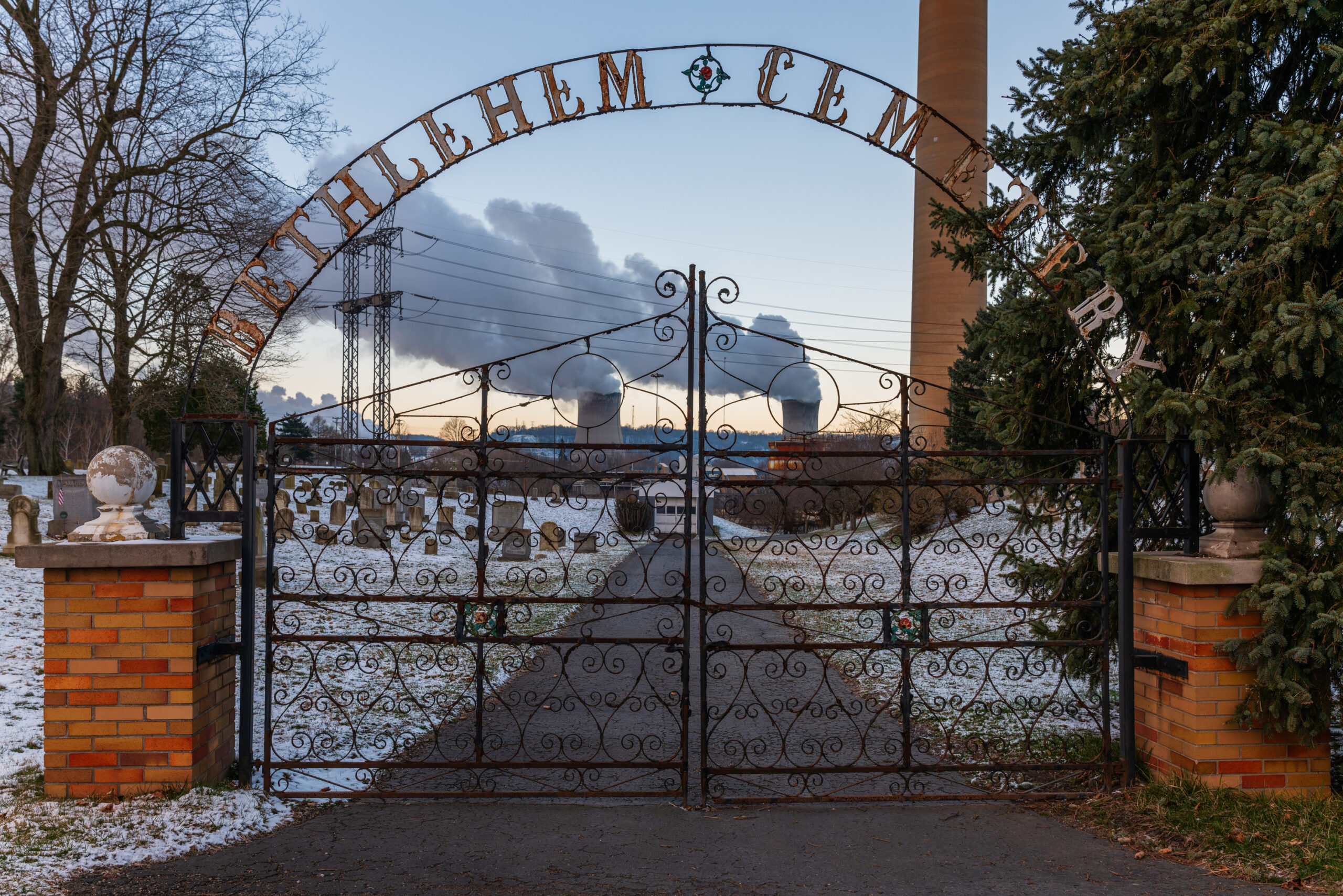
Do you have a mentor you would like to thank for their assistance with your project? I’d like to thank my father, Mark Ludak. He was my first exposure to both photography and documentary photography. He was my first photography teacher. (He is a professor of photography at Monmouth University). He has provided me with guidance and support at every step of my artistic career and the confidence to follow my instincts when it comes to storytelling. I would not be making the type of work I am making if it weren’t for him.
THE ALEXIA MENTAL HEALTH GRANT SPONSORED BY THE ALBANY FOUNDATION — PROFESSIONAL ONLY
Recipient: Showkat Nanda
“Invisible Scars: Children of a Forgotten War”
This project aims to shed light on the psychological toll of conflict on Kashmiri children, who often suffer trauma amid geopolitical tensions. Despite lacking visible scars, their emotional pain is profound. The project seeks to document their stories, raise awareness and advocate for intervention.
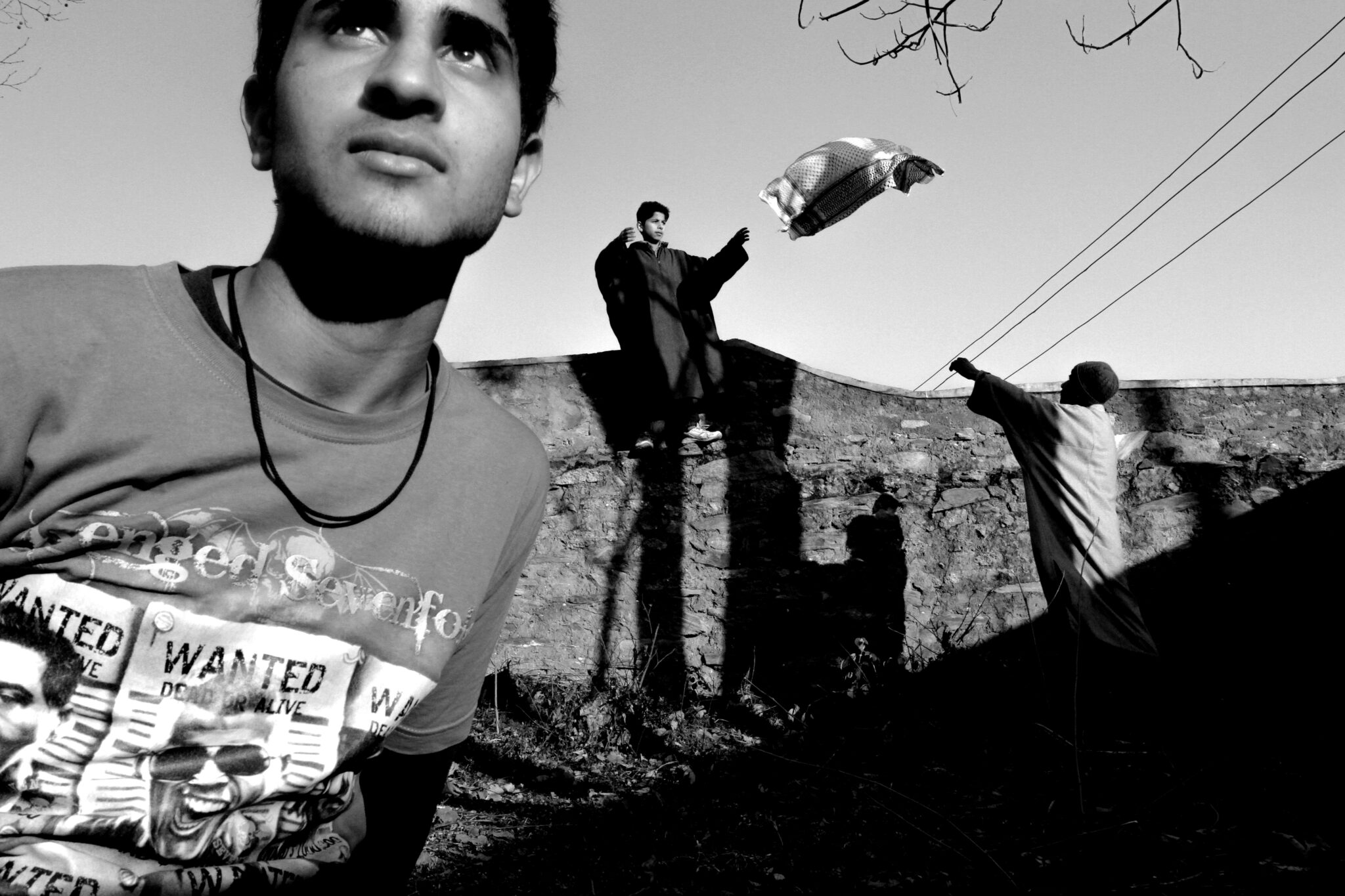
Showkat, what does being selected for this grant mean to you? Receiving an Alexia grant undoubtedly marks a significant milestone in my photojournalism career. Aside from being a great source of encouragement, I see this grant as a means to create impactful work and drive positive change through my photography.
What did you think when you heard you’d been selected? It was a moment I’ll never forget. I was working on my laptop in the middle of the night when my phone, which was on silent mode, suddenly lit up with a call displaying a US number. Seeing Bruce Strong’s name pop up on the screen made me feel excited and nervous. This call meant a lot to me because I’d been trying for the Alexia grant for several years. Bruce told me the good news, and I was too surprised to say anything. It felt strange to finally get this award, especially when I was least expecting it.
What do you plan to do with your grant? With this grant, I hope to further develop my project, enhancing its reach and impact. This includes conducting additional research, traveling to new locations, collaborating with experts and, ultimately, creating a body of work that not only tells a compelling visual story but also raises awareness and sparks meaningful conversations.
JURY’S SPECIAL RECOGNITION for Outstanding Work on a Mental Health Issue
Recipient: Farshid Tighehsaz
“Labyrinth: A Visual Exploration of Iranian Reality”
Decades after the Iranian revolution, we have become lost in a labyrinth of ideologies. Our identity sways haphazardly between entangled histories and modernity. Labyrinth explores the socio-psychological experiences of Iran’s post-revolutionary generation, sharing a window into the experience of a repressed youth facing high rates of hopelessness and anxiety for the future.
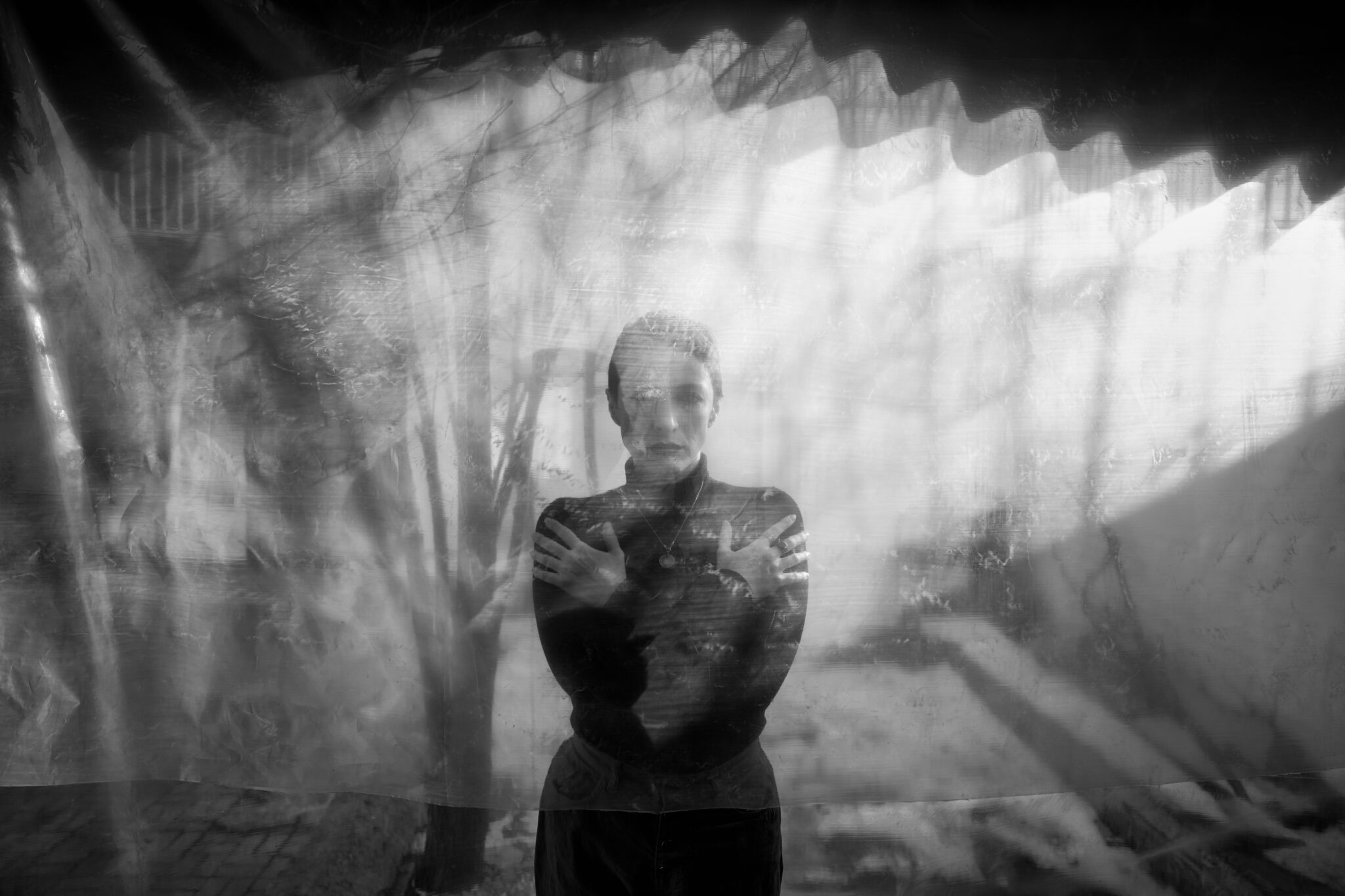
THE ALEXIA MENTAL HEALTH SUPPORT GRANT SPONSORED BY BROTHER’S KEEPER INTERNATIONAL — PROFESSIONAL ONLY
Brother’s Keeper International (www.brotherskeeperintl.com), whose volunteers focus on the mental health needs of refugees, has donated this grant to support the mental health and wellness of the recipient of The Alexia Mental Health Grant, who may use this grant to cover the cost of professional mental health support in dealing with difficult themes or situations that arise during the course of their project.
Recipient: Showkat Nanda, “Invisible Scars: Children of a Forgotten War”
THE ALEXIA ENVIRONMENTAL CHANGE GRANT SPONSORED BY JAMES BALOG / EARTH VISION INSTITUTE — PROFESSIONAL ONLY
Recipient: Rafael Vilela
“Forest Ruins”
This project aims to explore the impact of cities on the climate crisis through an experimental visual approach, focusing on the perspective of the Guarani-Mbyá indigenous people who inhabit the smallest indigenous territory in Brazil, which is located within the borders of the nation’s biggest city, São Paulo. In the face of increasing urbanization, their dreams and cosmic vision, enabled by their sacred smoke, will serve as a foundation for delving into other dimensions and possibilities of existence beyond the Western development model.
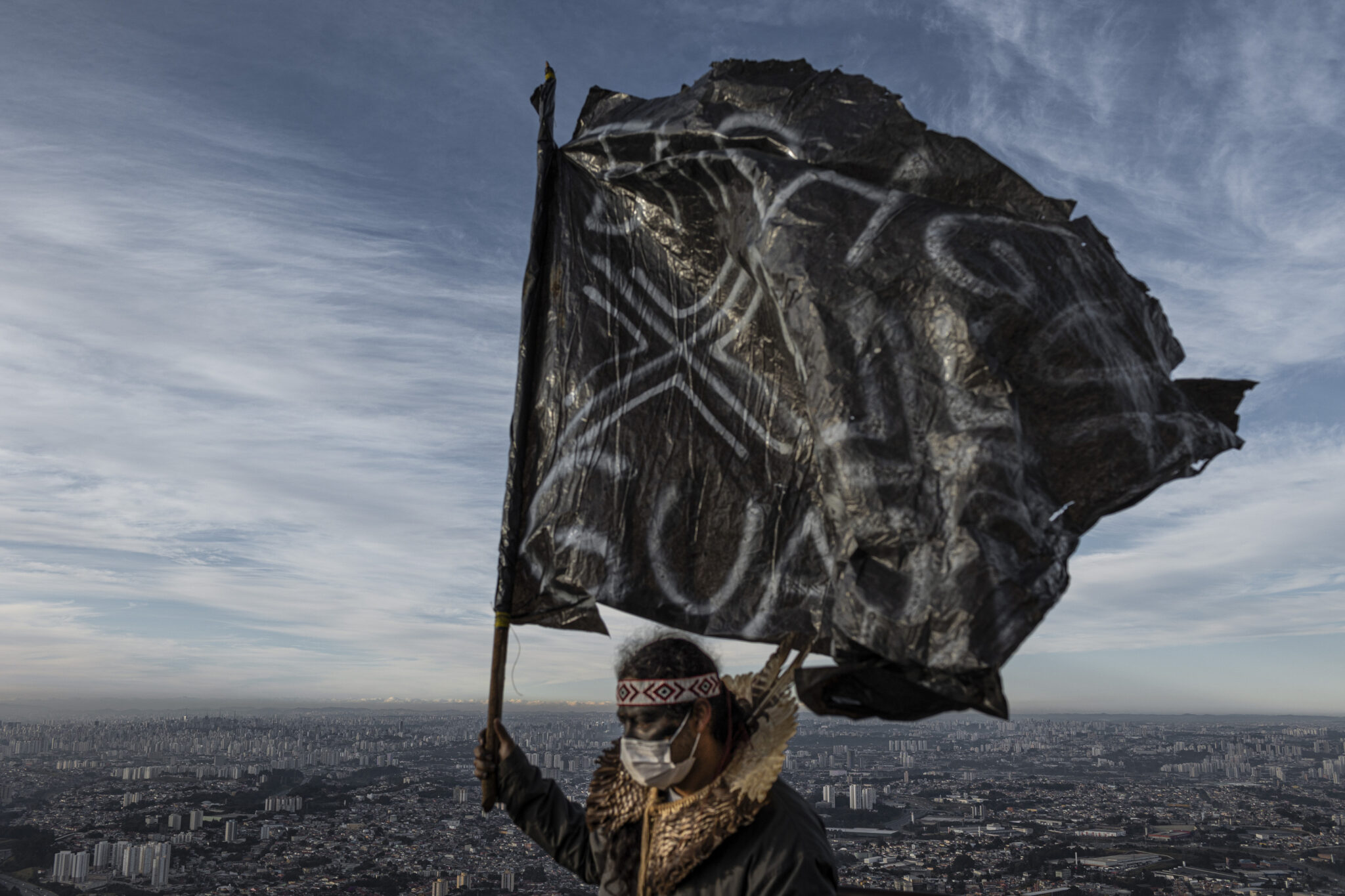
Rafael, what does being selected for this grant mean to you? It means a lot to me! This is one of the world’s most prestigious photography grants and for 30 years it has funded projects and authors that have deeply inspired my career. I feel deeply honored and challenged to do my utmost to contribute to the history of this institution and Alexia’s legacy. Apart from me, this achievement means a lot to the history of the Guarani Mbyá and to strengthening their international recognition. We urgently need to listen to the indigenous peoples and all their knowledge about this planet. There is no survival from the climate crisis if we don’t learn about the future prospects they offer us directly from their ancestors. There is no surviving the climate crisis if we don’t urgently reframe the way we live in cities, if we don’t understand cities as our environment, which must flourish and be cared for. Cities were once forests, and they need to become forests again.
What did you think when you heard you’d been selected? I was thrilled! I think I’ll be like that for a while! It’s really very difficult to maintain a life focused on producing documentary photography, and encouragement like this is what makes me believe in the power of our quest and the need to persevere. It’s not because we have an immense and profound crisis in the financing of journalism that doing it is less important at this moment in our history, on the contrary! We have never needed serious and committed journalism more than now: in the era of popularization of fake news, deep fakes and the predominance of artificial intelligence in almost every area of cultural production, reporting reality from the ground is crucial.
What do you hope to do with your grant? I will dedicate the next year to completing the Forest Ruins project, exploring the Guarani’s Tataxiná (sacred smoke) cultural phenomenon to produce a second and new layer of documentation. Additionally, the grant will finance research into documents and imagery concerning the Guaranis in historical archives such as the National Museums and Libraries of Brazil and Portugal, specifically in the 16th and 17th centuries. These new assets will complement my four-year photographic archive, forming the basis for multiple articles for international media outlets, a bilingual Guarani-English photo book and an exhibition of large-format posters to be displayed on the streets of São Paulo. Finally, a digital archive containing all produced and researched images will be delivered to the Guarani-Mbyá community as an educational and income-generating resource through collaborative-licensing.
Runner-up: Ingmar Björn Nolting
“An Anthology of Changing Climate”
This project is a journey through a German society divided on climate issues, addressing the struggle for guiding narratives and the question of whether it is possible to find sustainable answers to the climate crisis in a consumer-driven society. The photo essay portrays a society that stands at a social and ecological crossroad and thereby tells stories — from a nation whose prosperity is rooted in the combustion of fossil fuels — about the intricate transition toward climate neutrality.
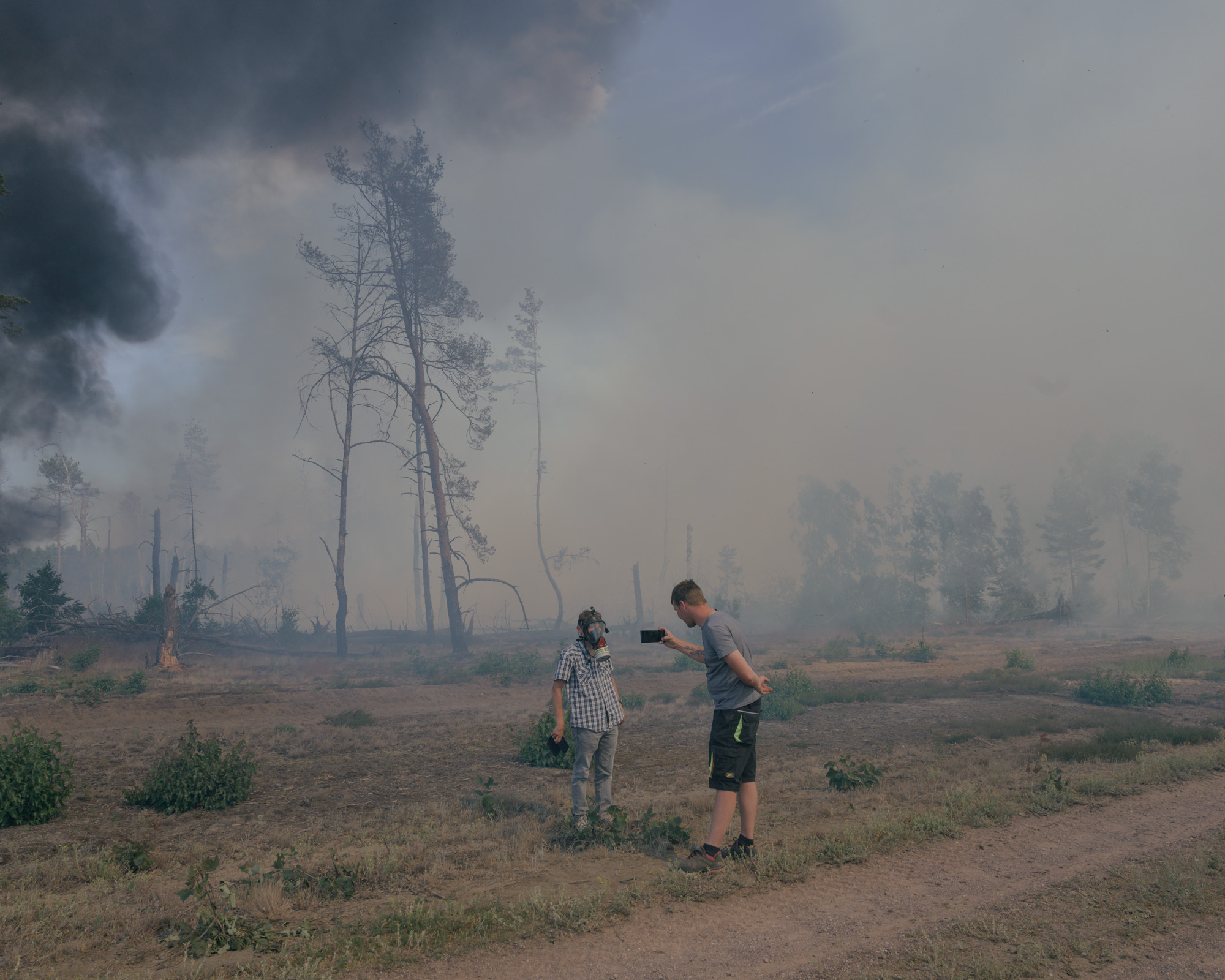
THE ALEXIA CONSERVATION GRANT SPONSORED BY THE FSTOP FOUNDATION — PROFESSIONAL
Recipient: Roberto García Roa
“The Last Stand: a Race to Save Great Apes”
This project aims to document the conservation efforts carried out by institutions specialized in the protection of bonobos (in Africa) and orangutans (in Borneo). This portfolio, combined with previous work on chimpanzees and gorillas in Africa, will allow the construction of the first global comparative visual project showcasing the strategies implemented by various institutions worldwide working day-by-day toward a common goal: saving great apes from extinction.
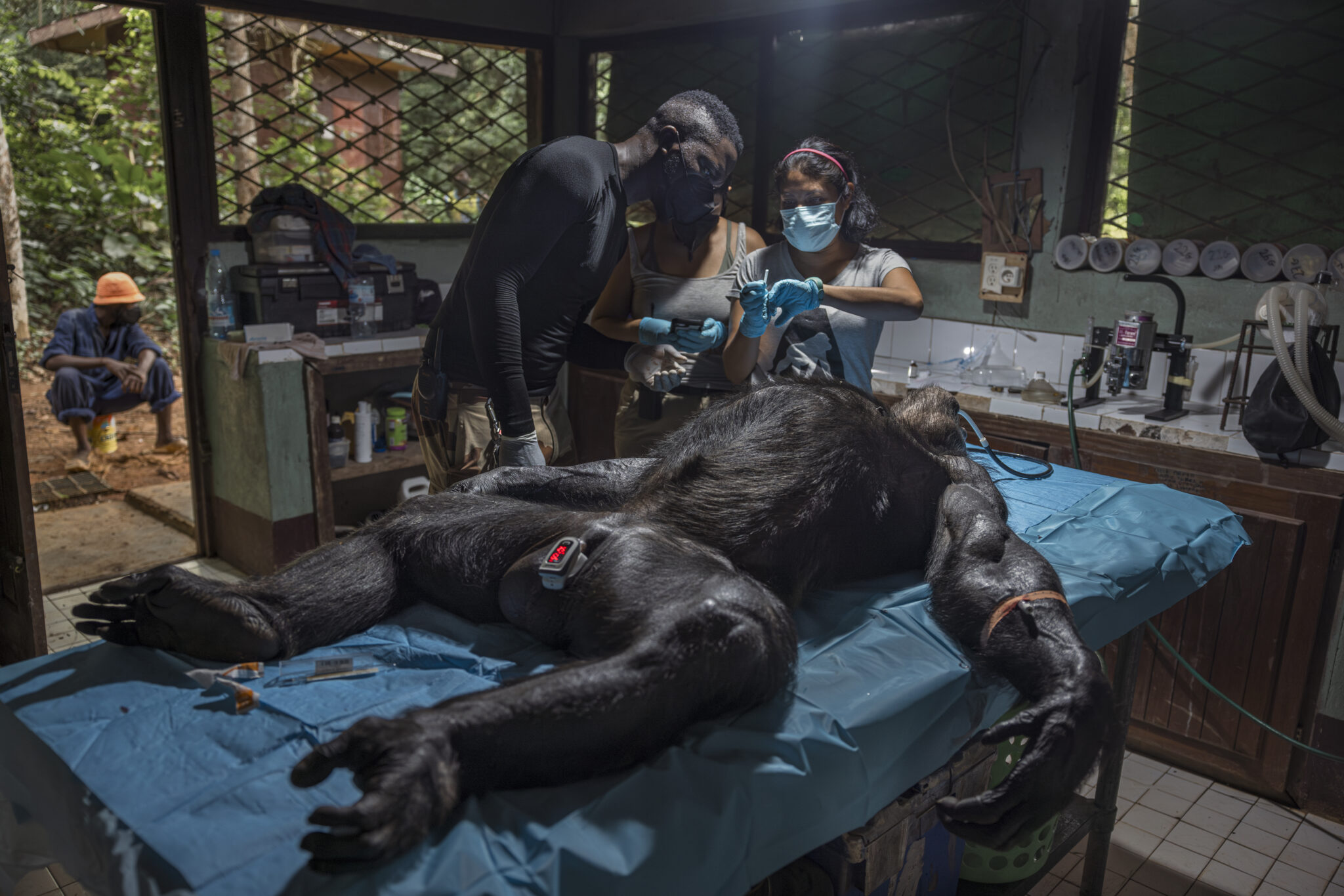
Roberto, what does winning the Alexia mean to you? It is wonderful. Over the past three decades, this scholarship has been supporting multidisciplinary projects aimed at unraveling the complexities of our world. Today, as we navigate through unprecedented environmental challenges, the concept of ‘conservation’ holds more significance than ever in securing a sustainable future. I am deeply honored to receive this scholarship, as it provides me with the opportunity to delve into the essence of conservation, particularly in the context of great apes. Several organizations dedicate tireless efforts to safeguarding the future of our closest relatives, and with the support of this scholarship, I aim to serve as a conduit, illuminating their invaluable work to a broader audience.
What did you think when you heard you’d won? Honestly, I was in shock. I couldn’t believe it. This [grant] holds great prestige, having been awarded to very good professionals in the fields of photojournalism and conservation photography. The competition is intense, as many good friends and colleagues are involved in projects of significant visual and research interest. That’s why I’m incredibly honored and excited to receive this award. It will undoubtedly be a significant step forward in further unraveling the fascinating relationship between our species and the rest of the primates.
What do you plan to do with your grant? The goal is to document the efforts of specialized institutions in Africa and Asia to rehabilitate great apes that have fallen victim to human pressure. It follows the work I am doing in collaboration with the Pan African Sanctuary Alliance and some of their sanctuaries. I will also be looking at the threats these apes are currently facing. Unfortunately, deforestation and poaching are causing many primate species to disappear. What are the strategies to bring the great apes back from the brink of extinction? Photography can be one of the most effective ways to show that while we humans are the main cause of this tragic situation, we also have the power to change it and give these animals a future.
Runner-up: Carlos Rivero
“Madre Ceiba”
Madre Ceiba is a short documentary film that looks at the role of empathy, connection and love in wildlife rehabilitation and the mitigation of biodiversity loss through the eyes of Encar Garcia. The story takes us on a journey into our own wildness, asking us to see ourselves in wild animals and to take action to protect ‘La Ceiba’ — the mother forest.
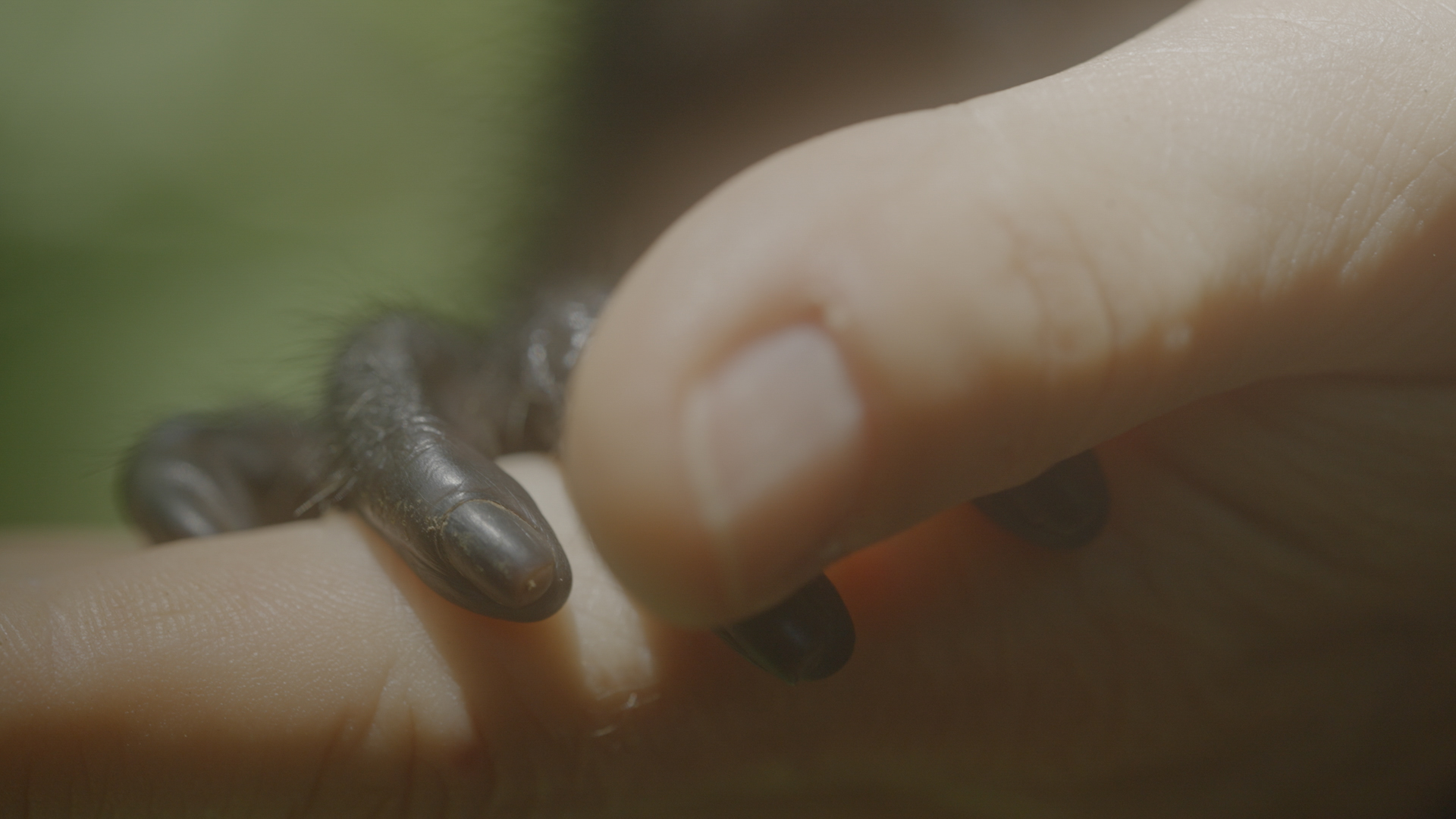
THE ALEXIA CONSERVATION GRANT SPONSORED BY THE FSTOP FOUNDATION — STUDENT
Recipient: Justin Dalaba
“Glass Ripples”
(Syracuse University, USA)
An ancient marvel of nature is slipping from our memory as a lucrative, illegal wildlife trade ramps up. American eels are strange travelers that have overcome boundless obstacles but cannot seem to escape the grip of human demand and climate change. This photographic project will explore the living culture around this mysterious, imperiled fish and the value held within.
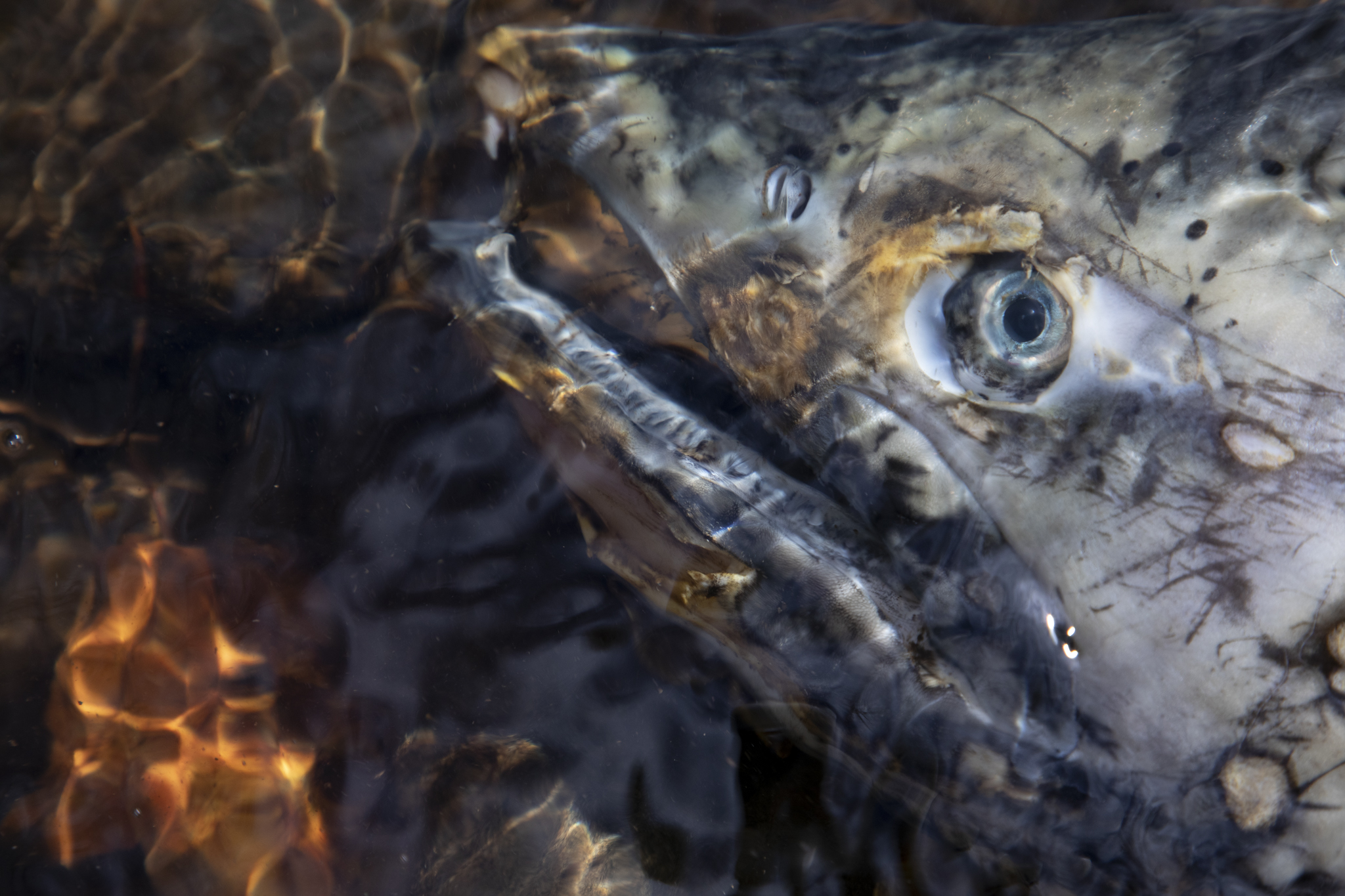
Justin, what does being selected for this grant mean to you? In all honesty, I always thought an Alexia grant would be too high for me to attain this early in my career. When I learned about the new conservation grants this year, I knew I would be doing myself a disservice by not giving it a shot, as I’ve built my entire career around a passion for conservation. I’ve questioned my path on many occasions with limited resources and support to make stories like this a reality. I am still in disbelief that my project was selected on my first attempt. There is certainly a high bar with this grant to deliver my strongest work.
This has given me a launching point to take on a project I’ve been wanting to pursue for a few years now. I am incredibly grateful the juror’s saw enough potential in my work to take a leap of faith on a story I am just starting to bring to life. The recognition is an affirmation of my potential and will drive me forward as I build a story around a complex environmental and social issue. While this has given me a boost of confidence that I’m on the right track, the grant is not just for me. It is for the communities impacted by American eel declines and in respect to a marvel of nature that we stand to lose forever if we don’t give it the right attention now.
What did you think when you heard you’d been selected? I still don’t have the words to describe the rollercoaster of emotions that flooded me. Anxiety turned to excitement then tension as I awaited the final decision. I was fortunate to attend judging in person and found myself on the verge of tears when the finalists were announced. Hearing the initial comments on my work, I really did not expect to make it to the top. I feel a great responsibility to honor the jurors’ decision and do justice to the communities in this story. It was truly an honor to sit next to the Tsairis family and share this moment with them in recognition of Alexia’s legacy.
What do you plan to do with your grant? This award will go toward travel and outreach expenses as I work with communities in New York and Maine to document the complex challenges surrounding American eels. An important outcome of this project will be to make an impact beyond the page and screen. Ideally, I hope to arrange a projection exhibition that brings awareness to the mysteries of American eels and all that’s at stake with their decline. I hope to stretch funds as far as possible while maximizing the impact of this project.
Do you have a mentor you would like to thank for their assistance with your project? I’d like to thank Prof. Michael Snyder for always being a source of inspiration in preparing a project and outcomes. He served as a soundboard as I was contemplating whether to apply for the Alexia and offered guidance on how I might approach the story.
Runner-up: Luke Swenson
“Listed Species”
(International Center of Photography, USA)
Global biodiversity is disappearing at an unprecedented rate, with scientists estimating that one million species will face extinction in the next decade. To stem the impacts of this crisis, botanical researchers in the American Southwest are working to protect two endangered plants: the Arizona hedgehog cactus and the Clover’s cactus. The fate of these small enigmatic cacti reflect the fragility of our own species and the knife’s edge on which all living things balance.
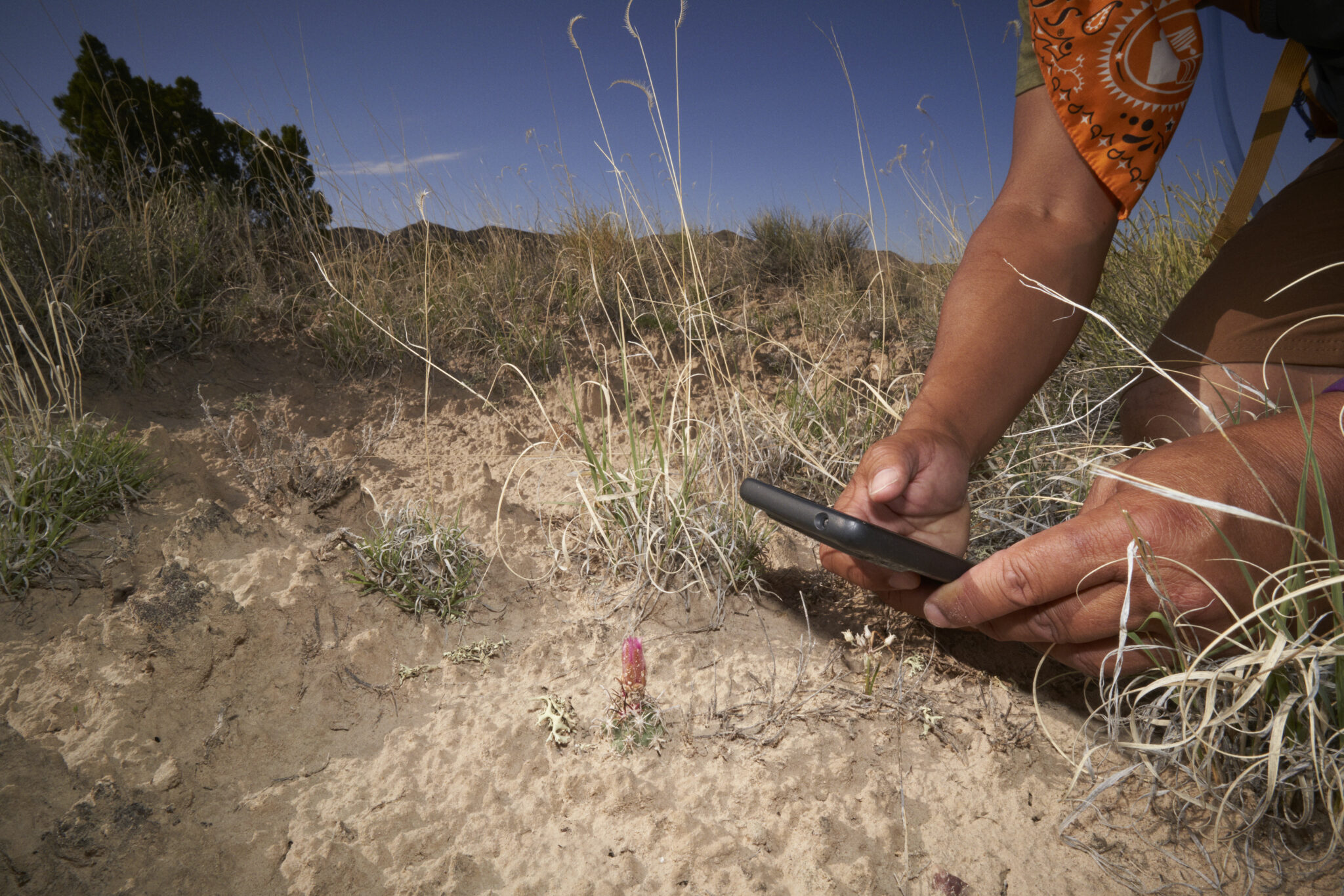
Do you have a mentor you would like to thank for their assistance with your project? I would like to thank Stella Johnson and Jacques Menasche at the International Center of Photography for their guidance and mentorship.
THE ALEXIA EMERGING PHOTOGRAPHER GRANT SPONSORED BY THE VII FOUNDATION — YOUNG PROFESSIONAL/STUDENT
Grant recipient: Amit Machamasi
“Not The Same Anymore”
This project aims to document and analyze the phenomenon of unplanned urbanization in Bhaktapur, Nepal, focusing on the transformation of traditional agricultural landscapes into an expanding urban fabric. Through personal narratives and empirical data collection, the project seeks to highlight the socio-economic and environmental impacts of rapid commercialization on the indigenous quality of the land.
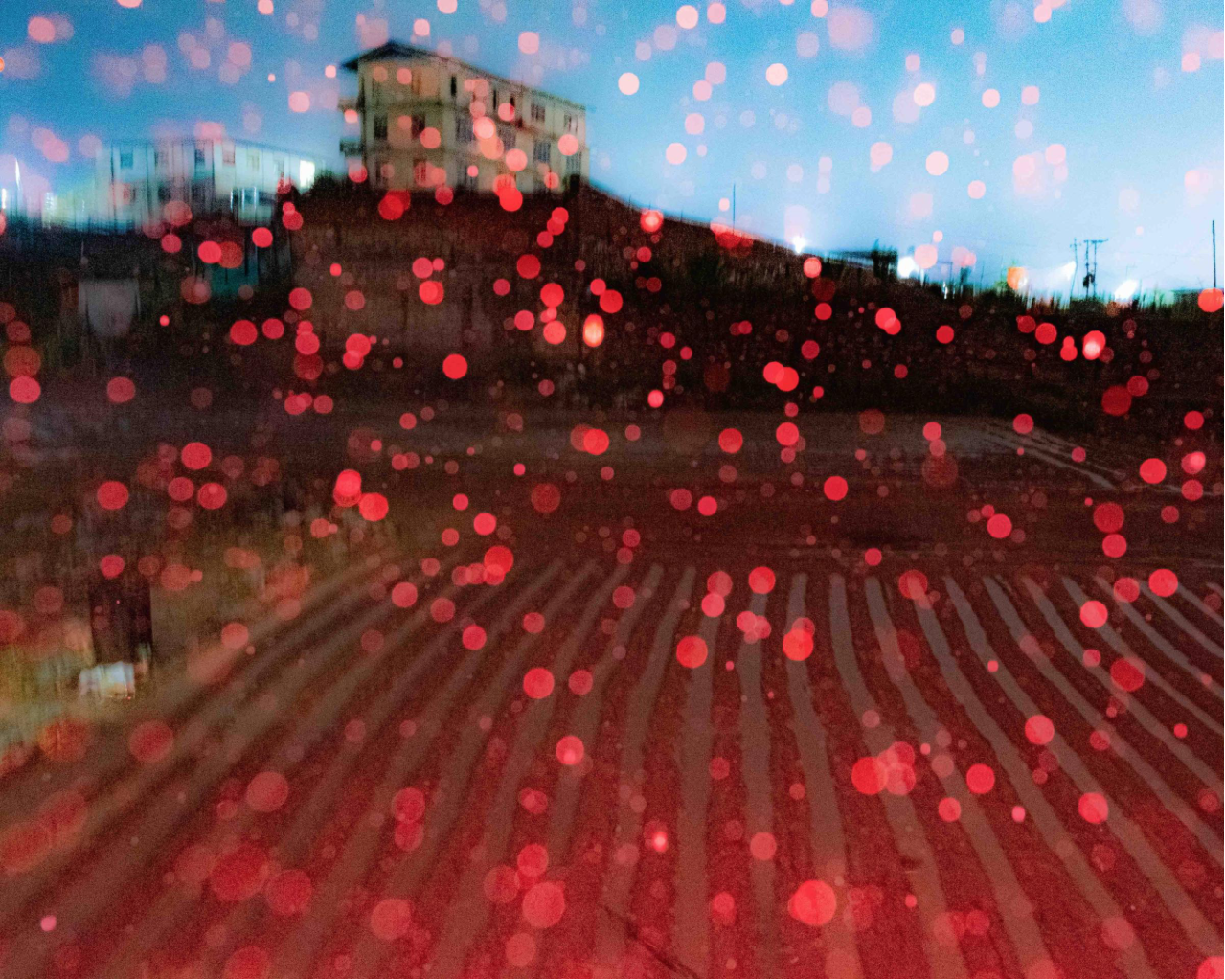
Runner-up: Fatma Fahmy
“The Lost Lake”
This project explores the ways climate change has transformed Lake Qarun, Egypt’s third-largest body of water. In the face of environmental decay and rising temperatures, this once-thriving ecosystem has shifted from a freshwater to a saline lake, causing overwhelming challenges for the fishing community who call it home and who find their heritage disappearing with these waters.
